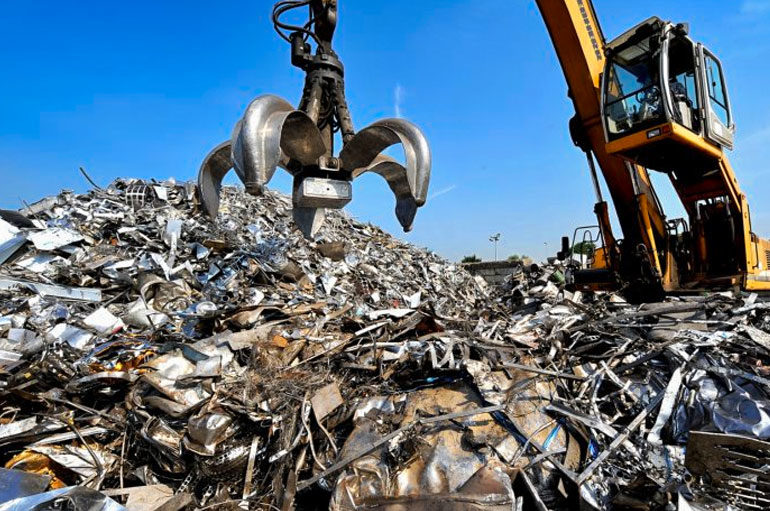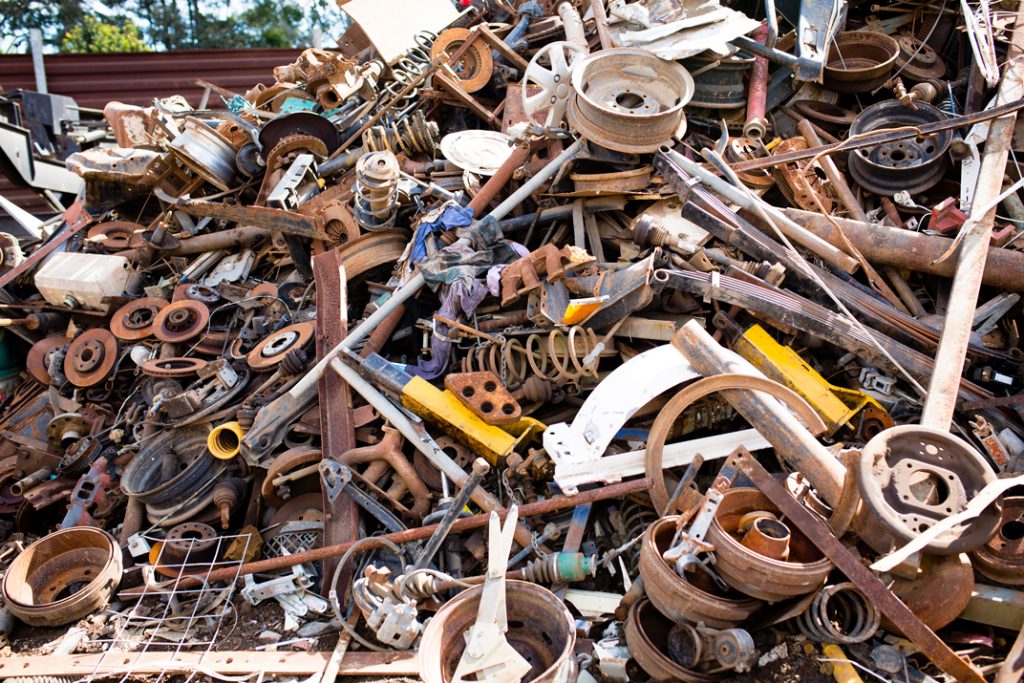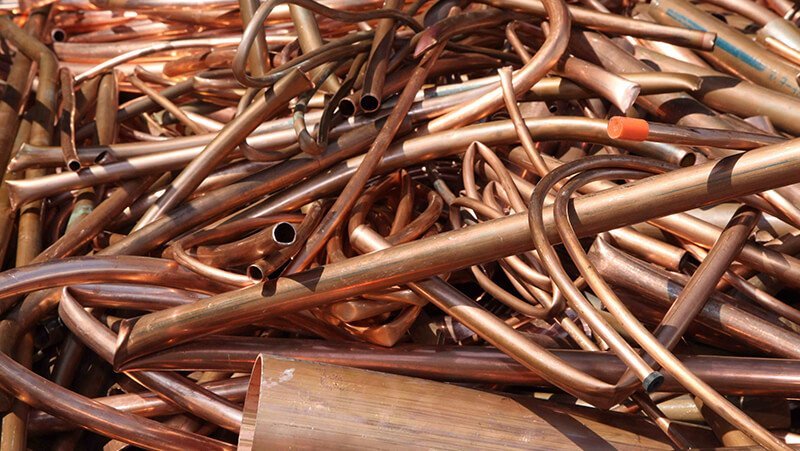Metals start as simple rocks, and the manner of smelting metals from these raw materials uses loads of energy, virtually all metals can be recycled! From a simple tonic can to an entire aluminium tent, scrap metal can take many applications and be turned into an endless collection of new products. If you’re preparing a shelter replacement in Adelaide, you may want to examine recycling your used roofing. It’s good for the environment and can even be great for your holes. Here’s what you need to know about recycling your roofing elements.

What metals can be recycled as scrap metal?
There are two types of recycling metals: ferrous and non-ferrous. The easiest way to decide whether you have ferrous or non-ferrous metal is with magnetite. If the magnet sticks to your scrap metal, it’s ferrous. If it doesn’t stick to your scrap metal, it’s non-ferrous.
The type of metal is essential when determining its cost, though you can be extra specific by consulting SA Copper Recycling. Ferrous components such as stainless steel and cast iron aren’t worth as much but are often found in larger quantities. Alternatively, non-ferrous metals such as copper, aluminium, brass, and bronze are more estimable.

Our aluminium metal recycling roofs are made up of 99% recycled content. Recycling aluminium can set aside 4.9 billion litres of gasoline consistently, steel rooftops likewise reward the environment.
What is the recycling process?
The scrap metal recycling process begins with:
- Collection – Metal materials are collected and ordered before they are abandoned in the scrap yard.
- Sorting – Scrap processors will separate the scrap metals, determine what can be recycled.
- Processing – The metals will then be broken and compacted into compact blocks to save space on conveyor belts.
- Shredding – The crushed metals are then broken into tiny sheets to consider further handling.
- Melting & Purification – The sheets will be merged in a large furnace. The melting means will need an essential value of energy but is much less equal to the energy needed to smelt scrap metal from raw elements.
- Purification – Impurity is isolated from metals.
- Melting & Solidifying – After the purifying process, the melted element is set to cool and freeze. This is the staging where your scrap metal is made into a thick metal ready to be used repeatedly.
- Transportation – Once the stakes have been made, they are collected and transported to industries that need them.
What are the environmental benefits of recycling metals?
Most metal shelters are composed of anywhere from 25-90% recycled metals. When separated, metal roofs are 100% recyclable, so new roofing solutions are a possibility to recycle your used roofing for a good condition. The basic benefits of recycling your roofing metals are:
- Preserves natural resources
- Reduces CO2 emissions
- Reduces energy consumption
- Saves you money
Save the earth when re-roofing!

Re-roofing works consider for millions of tons of roofing trash, which is why it’s so essential to managing shelter waste. At Sa Copper Recycling, we’re committed to saving processes and recycled elements. If you require a roof replacement, we can save you money by making use of recycled materials and helping you recycle your old roofing! Our available metal frameworks like Shading steel can be introduced within four days. For quality material in Adelaide, call us today!

